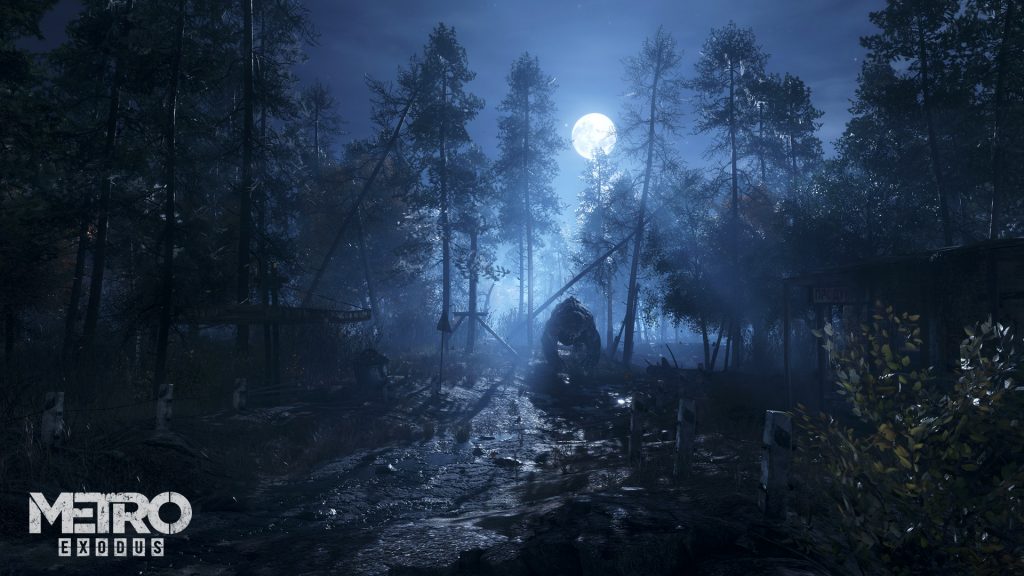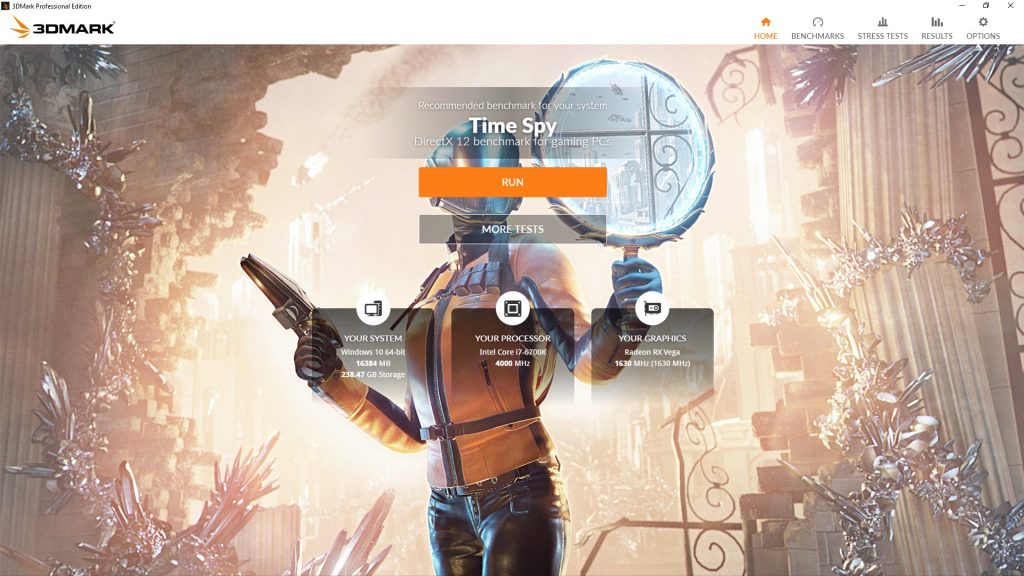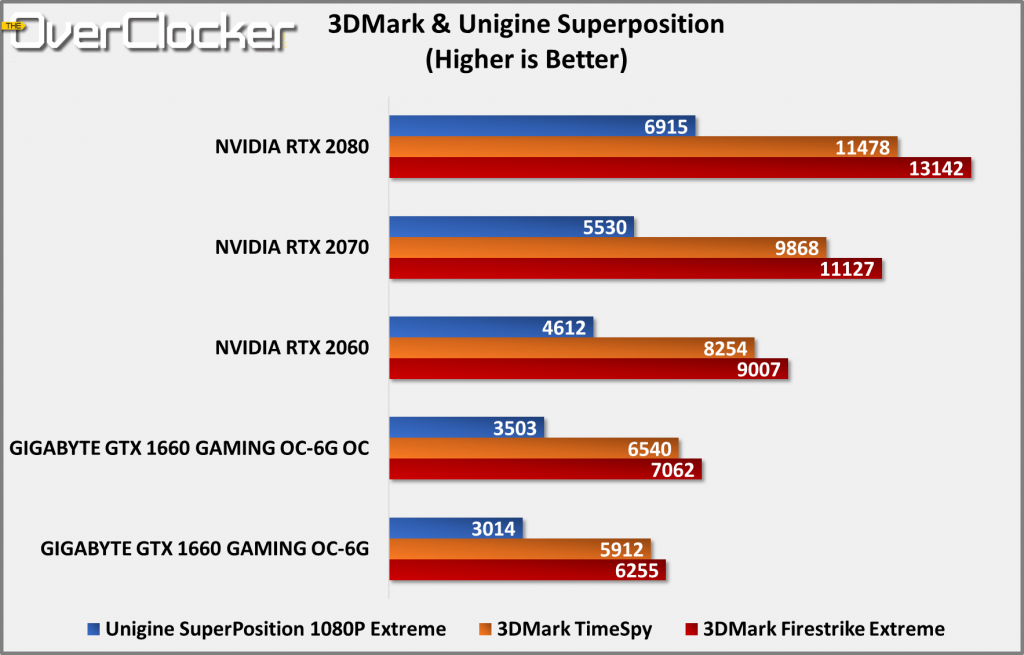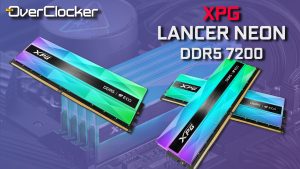GIGABYTE GTX 1660 GAMING OC Review
Metro: Exodus

This title along with less than a handful of others are the showcase for DXR (DirectX Ray Tracing). It is also one of the few games out which support just about every major (or popular perhaps) graphics rendering technology available. This includes HDR support (true HDR requiring an HDR monitor), Tessellation, ray tracing, deep learning super sampling, advanced PhysX, hairworks and plenty more features. Aesthetically it is easily recognizable as a Metro game, but the superior and refined execution shines through. It is a triple A title then in both rendering technologies used and game play mechanics. Out of all modern-day titles, this one carries the mental for the most demanding game on the PC right now. ‘Can it run Exodus?’ and all.

Performance has since improved with the latest driver and game patch, but it doesn’t change this situation much, which is that the GIGABYTE GTX 1660 GAMING OC is only capable of playing this game at 1080p, where it gets 49FPS. Anything more would be asking too much from the GPU. It’s a taxing game, but one that should continue to improve with updates.
3DMark & Unigine Superposition Benchmarks

3DMark software has been the go-to 3d performance measurement tool for two decades. Hard to imagine especially given the visual fidelity the latest benchmarks offer. A far cry from the early days of 3DMark Max99. Utilizing vendor agnostic, but representative code, the latest addition to the 3DMark suite utilize DirectX Ray tracing (DXR). This test is enabled on GPUs with hardware or software only support for DXR via the latest drivers.

Overclocking the GTX 1660 nets will result in about 15% higher performance. A little higher than what you might experience in games, but well worth the effort. Do note, these numbers were gathered prior to NVIDIA’s recent updates, hence the absence of 3DMark Port Royal numbers.
You are here: Page 7 – Performance: Metro: Exodus & Synthetic Benchmarks






